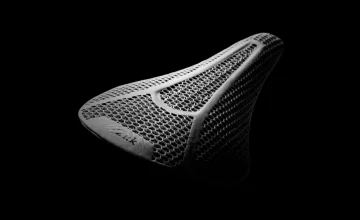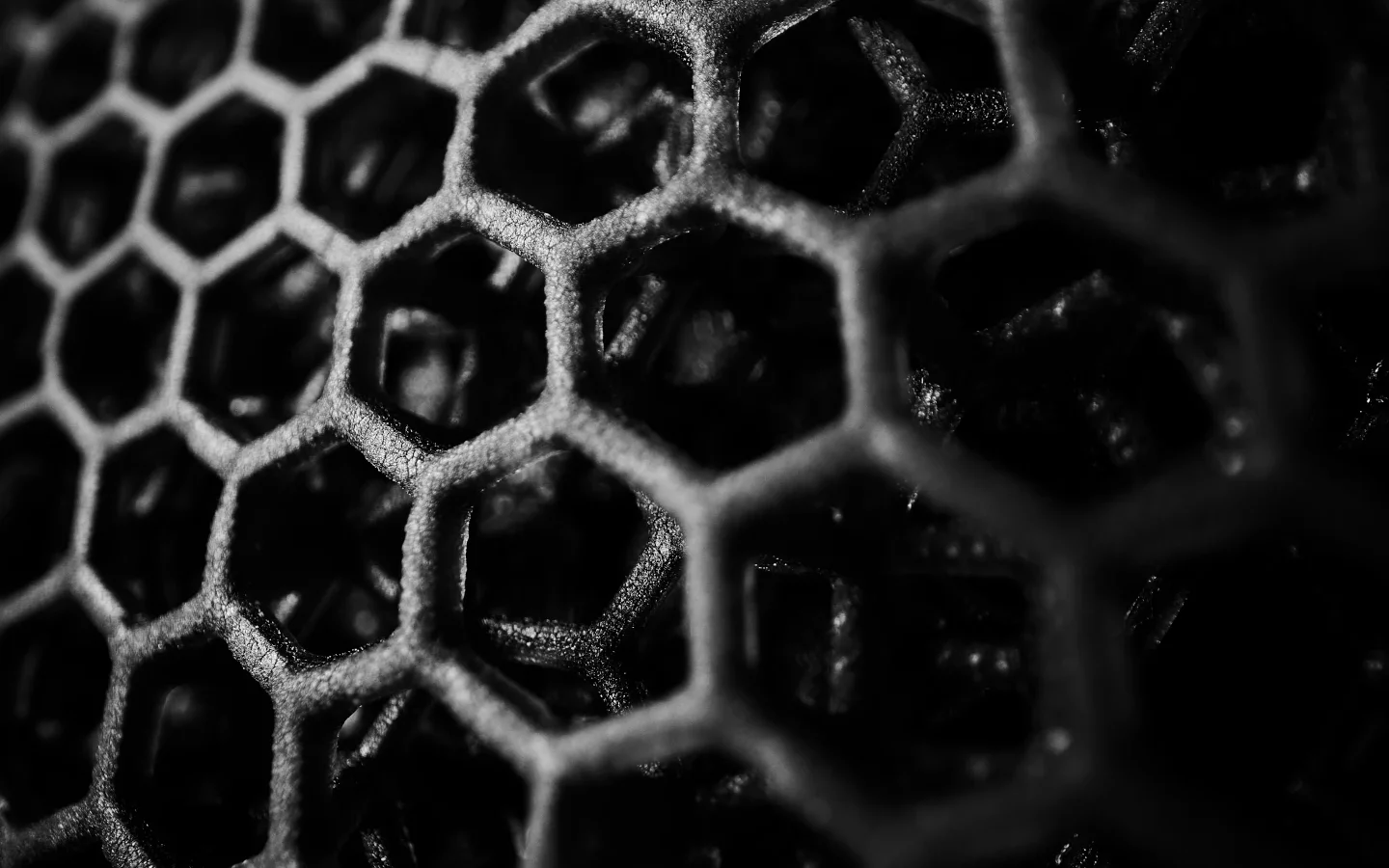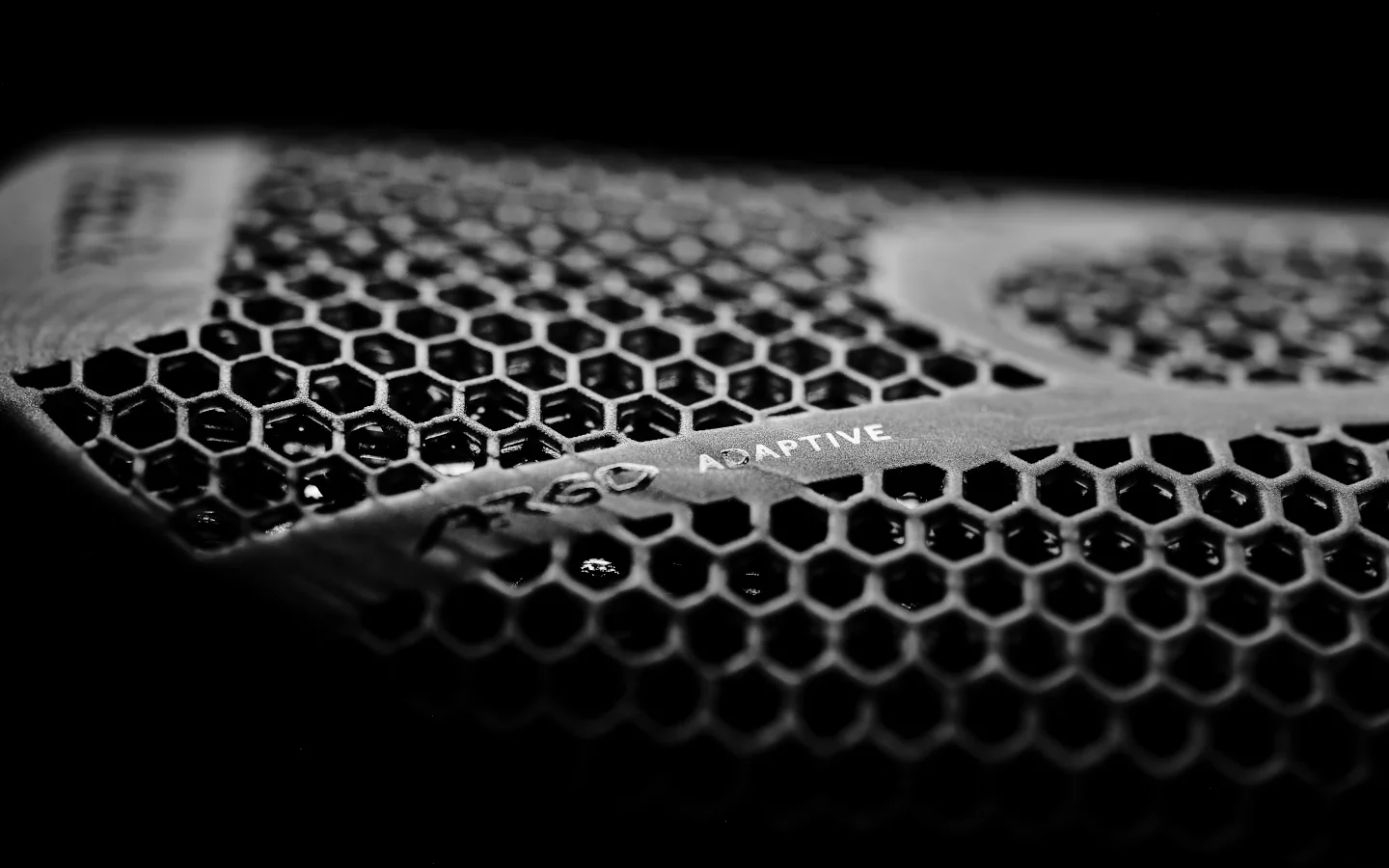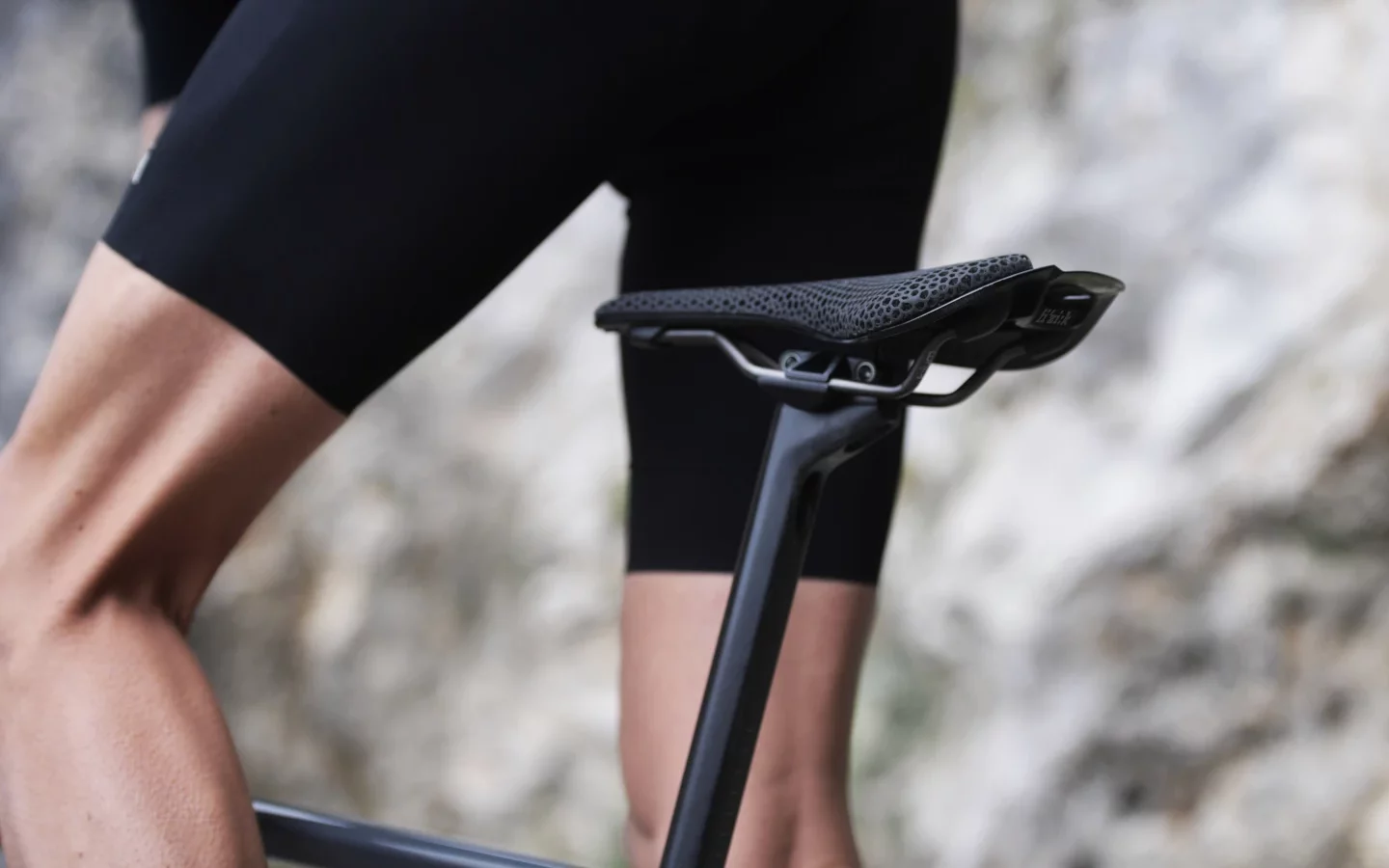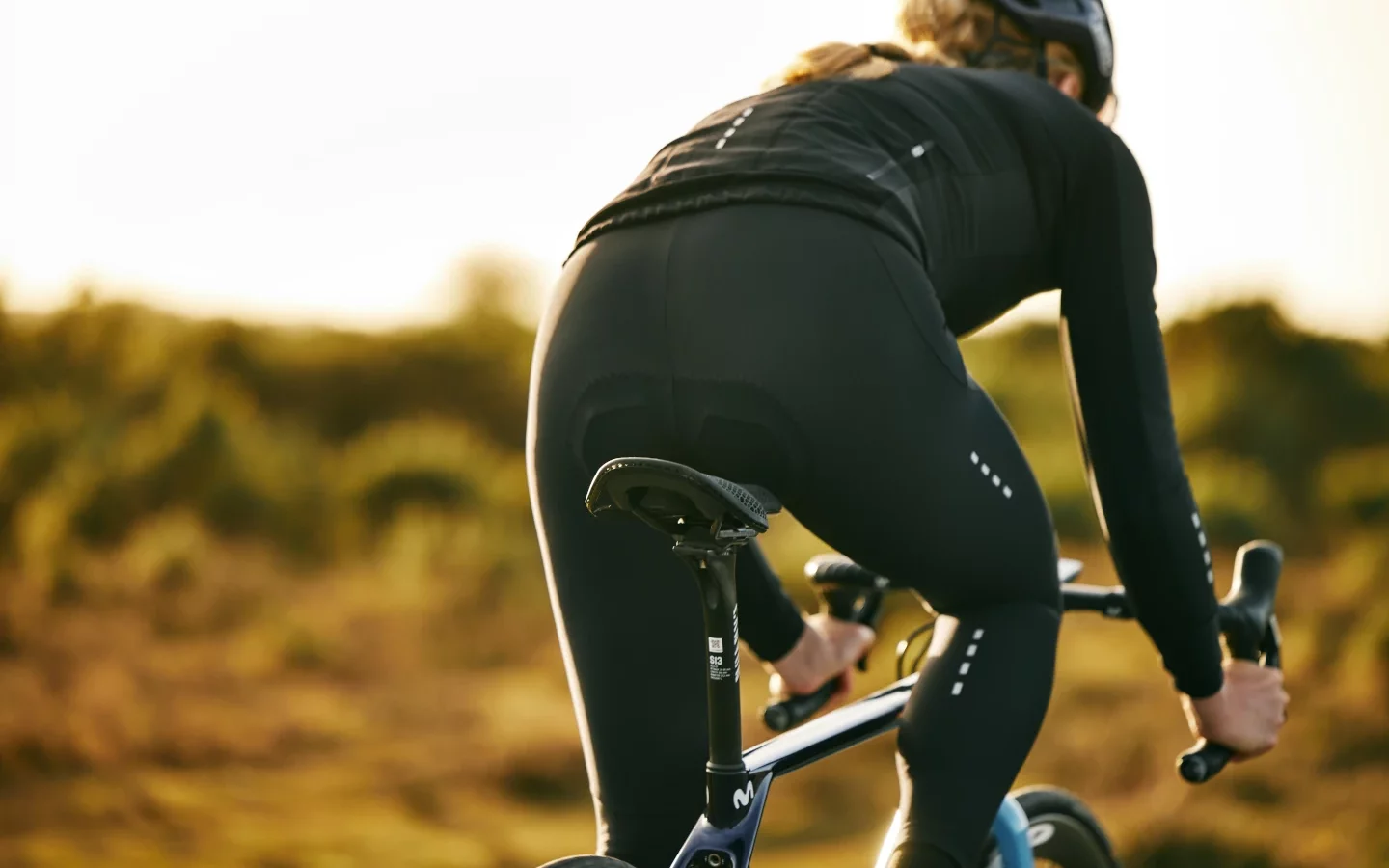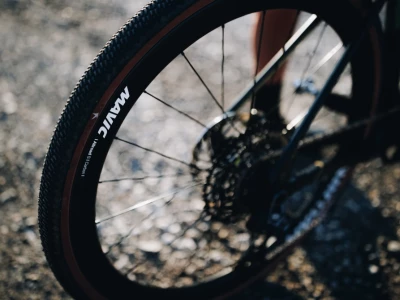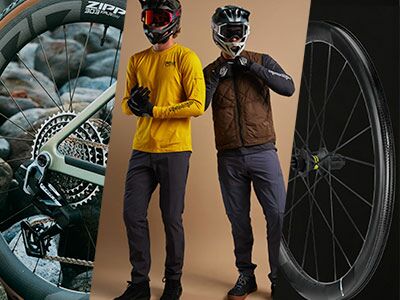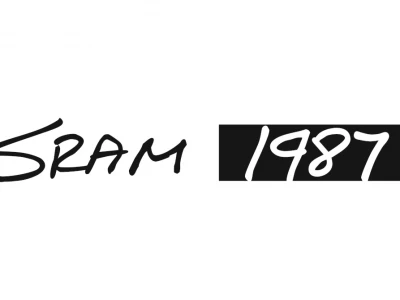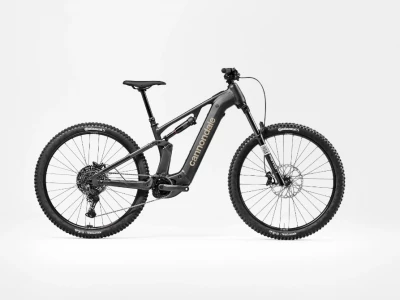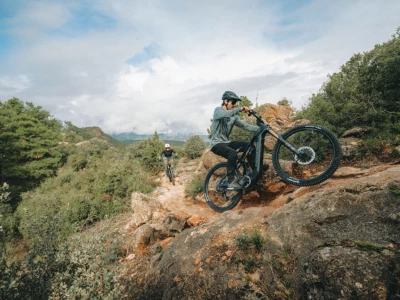The launch of our Adaptive range of gravel, road, and MTB saddles has revolutionised individual comfort and support for riders, regardless of body type, riding position, or specific discipline. The Adaptive saddles, which were created through an evolution in manufacturing, are characterised by one key feature: 3D-printed padding.
The Adaptive padding, made by material processing experts called Carbon®, is created through a process known as Digital Light Synthesis. DLS technology uses digital ultraviolet light projection, oxygen permeable optics, and programmable liquid resins to essentially "print" saddle padding that is comfortable, supportive and incredibly flexible. It's also UV-resistant and resistant to long-term, repeated use. Through this printing process, the engineers at fizik can fine-tune the support across the entire surface of the saddle. The firm is where fast response is required, and soft is where pressure relief is a priority.
The result is a versatile range of saddles for road and off-road bikes. Several functional comfort zones are built into the surface of a single saddle, resulting in a reduction of toe pressure of up to 60% through improved weight distribution. Take on smooth asphalt or navigate bumpy gravel. Venture off-road and explore winding trails. The Adaptive saddle gives you the perfect support wherever your ride takes you.
